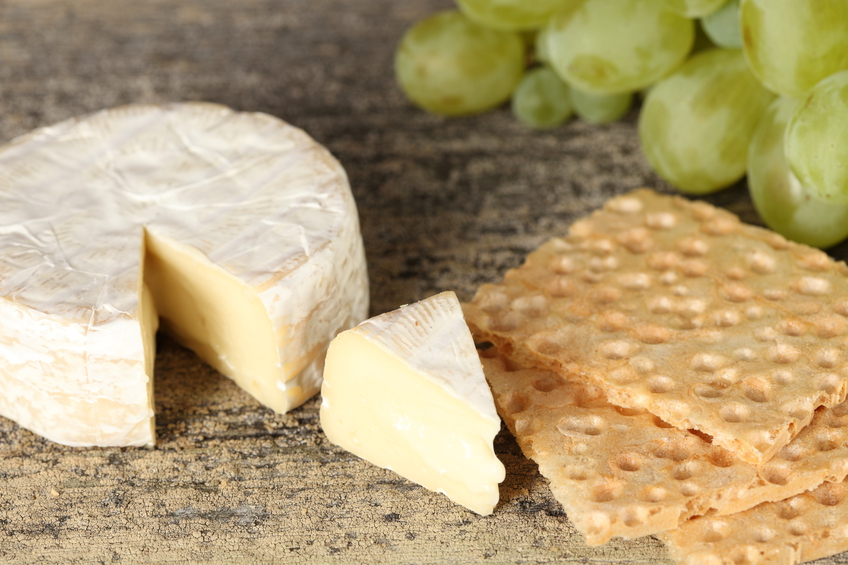Fruits and Veggies – More Matters Month
According to the U.S. Department of Health and Human Services’ National Health Observances calendar, September is the month to remind yourself to increase your intake of fruits and veggies! This health observance is sponsored by the ‘Produce for Better Health Foundation.’ The significance of the health benefits gained by consuming a diet, rich in a variety of colorful fruits and veggies, is often underestimated. You cannot get the same benefits from pills and powders.
How are Americans doing? One in three adults eat the recommended number of fruit servings daily and only one in four consume the recommended number of vegetable servings daily. When you discount potatoes and fruit juice, the picture is grimmer. So let’s dispel common myths on…fruits and veggies:
Fruits and Veggies: Too Expensive?
They are NOT too expensive! Choose fresh (on sale) or frozen fruits and veggies (in bags without sauces or added sugars). Last choice: canned as they are processed and usually contain higher amounts of sodium and/or sugars. Plus there is the nutritive value to consider. Peaches, apricots, plums and apples (with skin) are good sources of soluble fiber, a type of dietary fiber that helps lower cholesterol and stabilize blood sugar levels. Tips to save $$$: shop in season for best taste, texture, quality and value and buy ‘bags’ versus by the lb. or ‘each.’ Such as? Bagged fruits and veggies such as avocados, apples, oranges, potatoes, sweet bell peppers, carrots, etc., are a better value and go farther in meals/snacks.
Fruits and Veggies: I don’t like ’em
Try them raw, cooked, plain, ‘doctored,’ and prepared in every way (including grilled) before you make that statement. Maybe you don’t like them mushy and overcooked…who does? Eating well-prepared and seasoned (especially for veggies) makes a huge difference in flavor and texture. Like smoothies? Invest in a high-quality blender that can turn even the toughest raw veggies and fruits into a creamy, delicious, filling drink. Just watch the sugar and calories. Investigate recipes online that balance the amount of fruits and veggies in the drink and keep calories at about 150 – 200 calories (snack) and 450 – 500 (meal).
Fruits and Veggies: No room in my diet!!
Not enough room in your diet for fruits and veggies? You just might find some extra room if you decrease the amount of full-fat ice cream, cheese, bread, bagels, pizza, pasta, cookies, wraps, scones, paninis, muffins, monster sugary coffee drinks and granola bars you consume. Consider this: In 2010, Americans consumed (and likely still do)about 109 lbs. of flour…that’s not much less than the average consumption before the low-carbohydrate diet craze, which was about 116 lbs. Remember those huge low-fat bagels?!
Stay tuned to upcoming posts for easy tips on how to increase your intake of fruits and veggies…painlessly!









